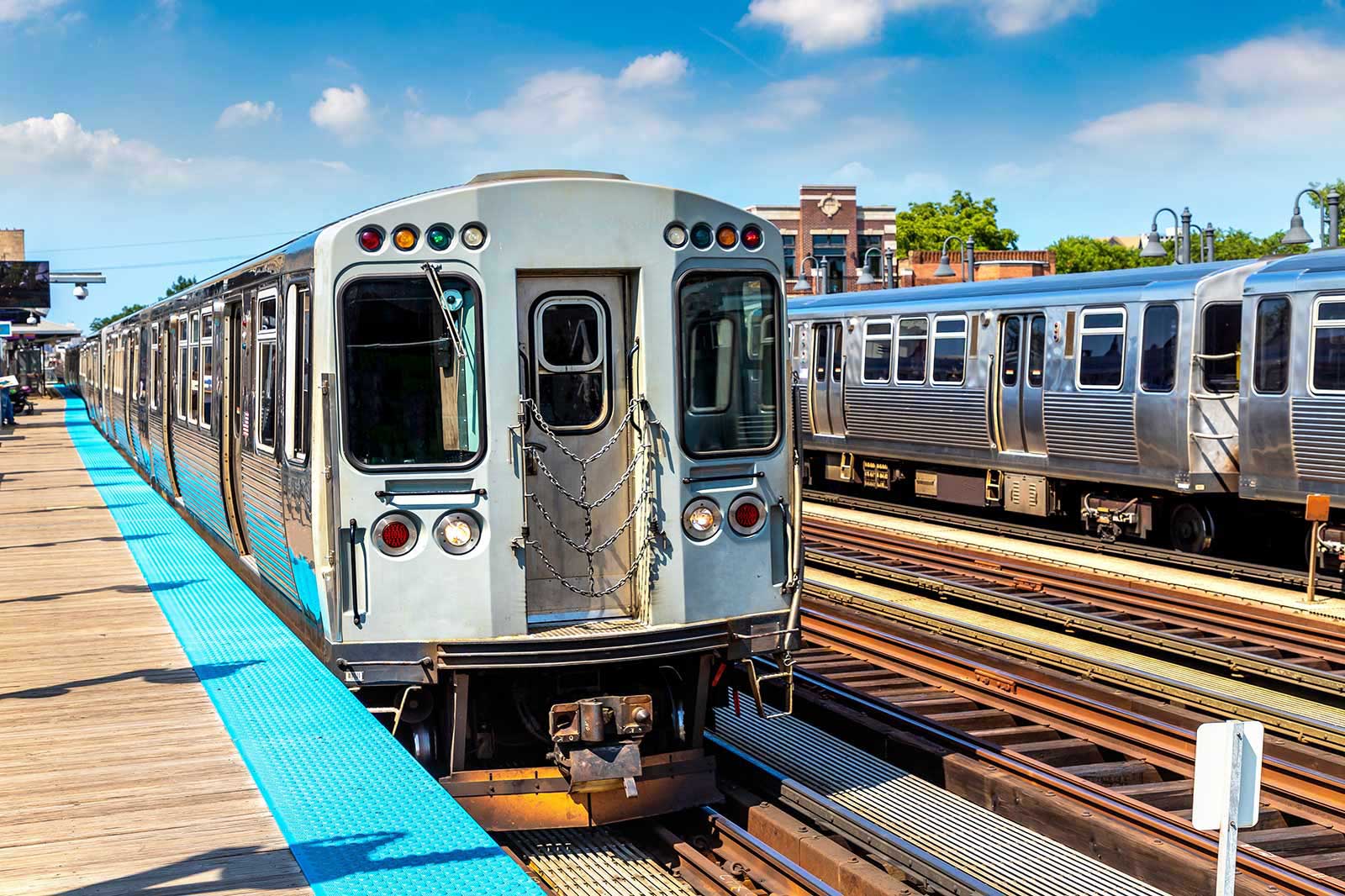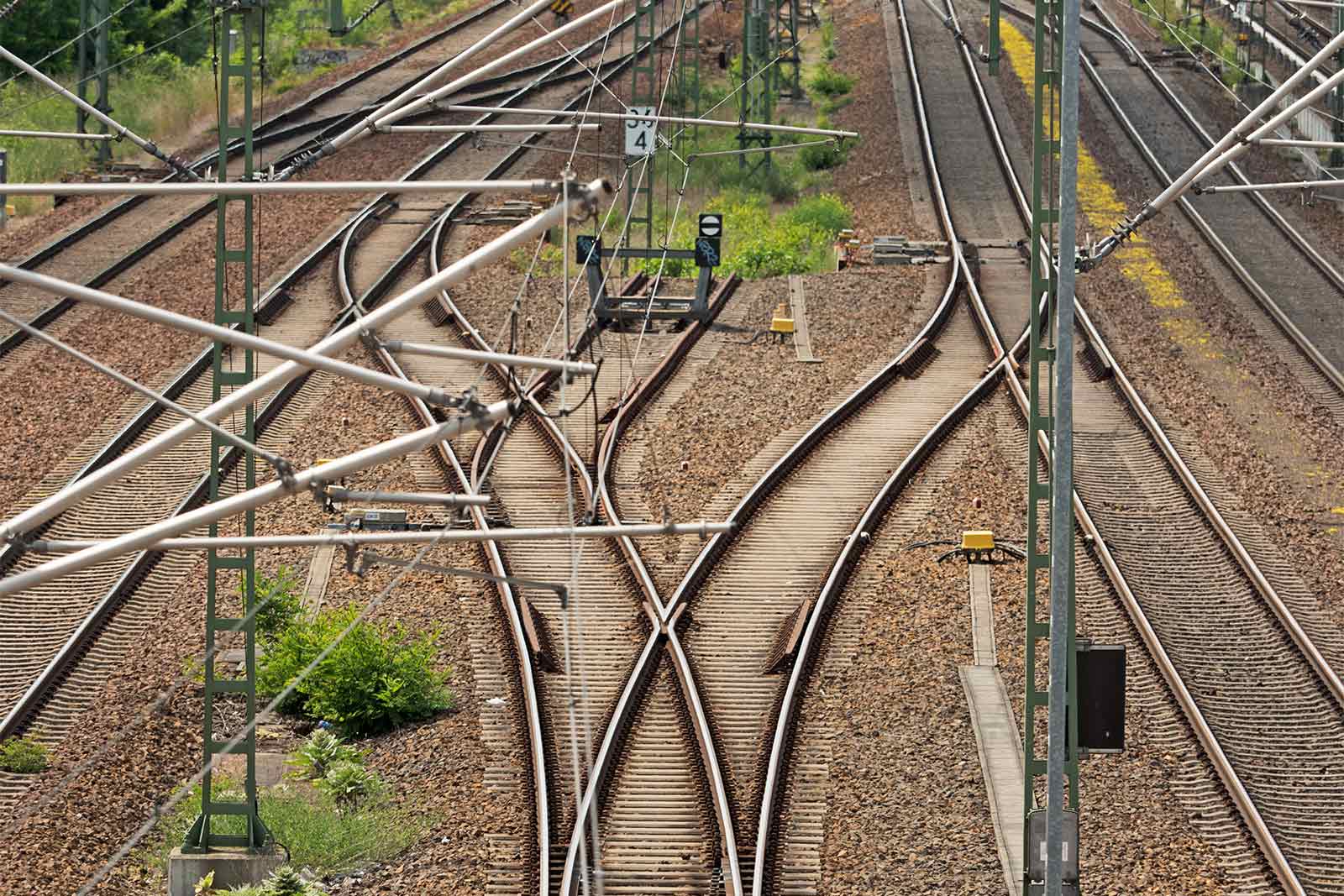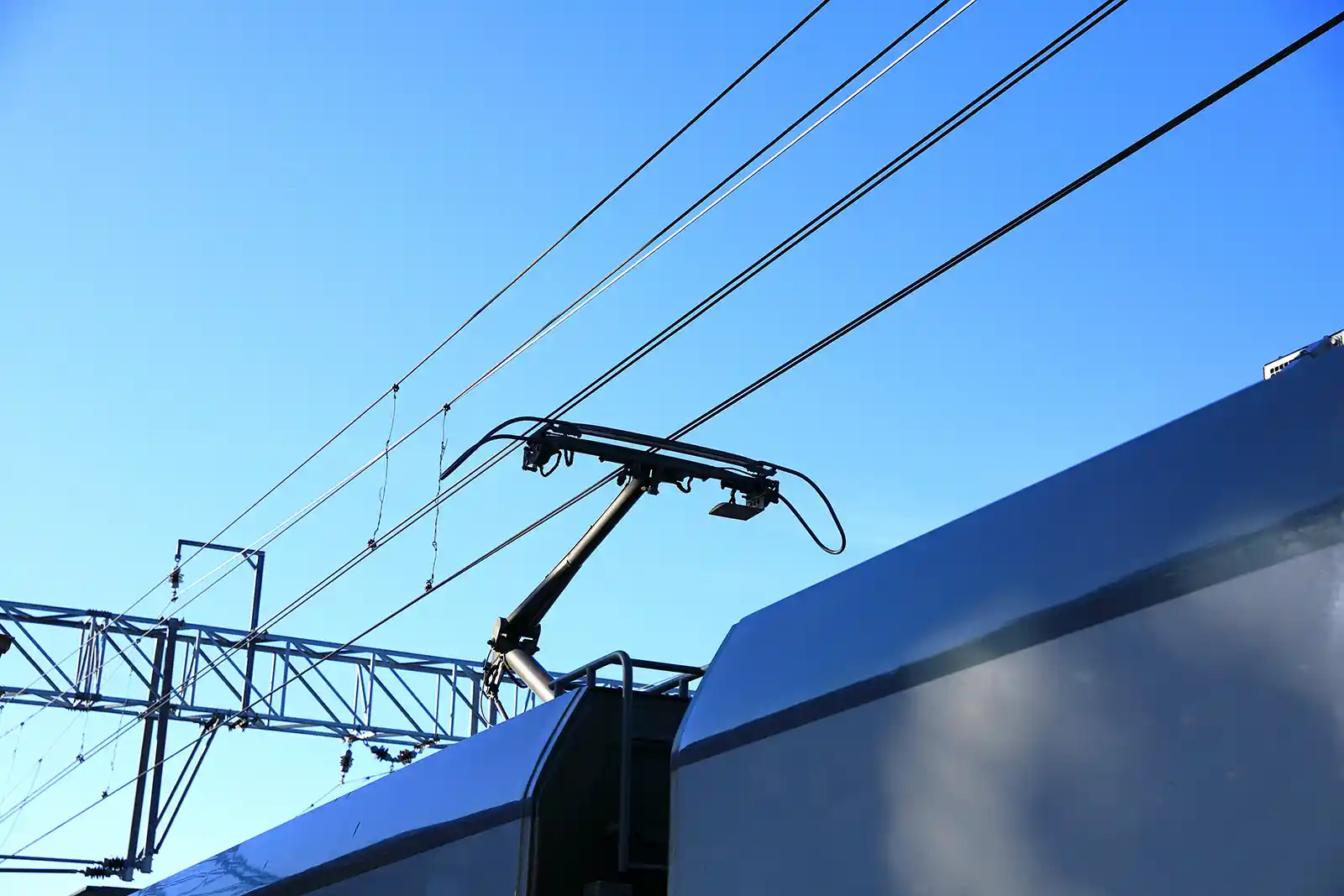Millions of people travel by rail every day. However, most travelers likely don’t understand how mass transit vehicles work. Here at MAC Products, we design, manufacture, and supply high-quality third rail connection accessories and products for the transmission, distribution, and control of electrical power. The electrified transit industry is one of the main areas in which our products and services are used.
In today’s post, we will closely examine one of the critical technologies used in mass public transit: the third rail system.
About Third Rail Systems
Third rail technology is primarily used in underground train systems. The New York City Subway, the Boston MBTA, and the Metro in Washington, D.C., are key examples of transit systems using third rail technology, and we are proud to have supplied parts and services for all of them.
Third rail is also occasionally used for overground trains, though this is less common in the United States. In the U.K., for example, nearly 30% of the railway network uses a third rail to power the trains, according to Network Rail.
Many above-ground transit networks, such as trams and streetcars, use overhead rail technology. In these systems, the lines that run the electricity to power the vehicles run above them. While overhead rail is a great choice in many circumstances, the third rail system is an alternative that is most commonly found in underground rail environments and major urban centers.
How Does a Third Rail Work?
A train runs on a railway composed of two parallel rails. In a third rail system, an additional rail (also known as a conductor rail) is added to the railway. This rail carries either 600 or 750 volts in most instances (a notable exception is the Bay Area Rapid Transit, or BART, in San Francisco, which uses 1000VDC.) All third rail systems use DC, or direct current, electricity.
Electricity is fed from substations placed along the track at varying distances depending on various factors, including power requirements, headways, and allowable voltage drop. For example, in the New York City Subway, substations are located an average of 1.9 miles (3.1 km) apart, while on the Long Island Rail Road the average spacing is 1.8 miles (2.9 km).
A train component known as a collector or contact shoe makes contact with the third rail as the train moves along the track. This transmits the electricity that powers the train. The return current flows back through one or both of the main rails, completing the electrical circuit.
Since the early days of electrified railways, technologies have advanced significantly. Third rails now consist of one of three types: traditional steel rails, aluminum/steel compositions known as 84C in which strips of aluminum are bolted to the web of a steel rail, and high-conductivity aluminum/stainless steel (ALSS), which consists of a stainless steel cap fixed to an aluminum extrusion.
What Are the Benefits of Third Rail Systems?
Third rail systems are proven technology with a history dating back more than 100 years.
One of the key advantages of a third rail system is that, because it is purely electric, no fossil fuels are burned and no exhaust is produced. This means the energy used is clean or semi-clean, depending on its source, making third rail transit systems significantly more environmentally friendly than steam or diesel-powered vehicles.
Since overhead structures are not required, the third rail system is ideal for use in tunnels (such as those that make up subway systems) with a low clearance height. This is because no additional structures to carry overhead wires are needed. Third rails do not need to be erected under tension and are, therefore, not prone to breakage accidents.
Third rail systems are also highly reliable, with a low susceptibility to failures and outages. This helps to ensure that the public transit on which so many people rely keeps running consistently and with as little downtime as possible. Since they are primarily used underground, third rail systems are not often impacted by adverse weather and natural disasters.
Despite their reputation for being dangerous (and below we will discuss in more detail what happens when you touch a third rail), third rail systems contain many built-in safety features and fail-safes, such as fuses and circuit breakers. This means that, in the event of a problem such as a short circuit, which could cause a fire, power can quickly be deactivated from that part of the track. Many third rails are also protected with an insulating cover board and supporting brackets. Therefore, third rail systems are very safe for the passengers who use them and the personnel who work on them.
Maintenance of Third Rail Systems
Since third rail systems are subject to a range of forces during their daily operations, maintenance is a major concern. Mechanical wear and tear is unavoidable with these systems, though its extent and severity depend on the materials used. Steel rails are expected to wear by around 25% during their life, which dramatically increases their resistance, while ALSS rails wear at around 0.05–0.1 mm per year.
Electrical erosion is another issue that occurs with third rail systems. This is a result of current arcing between the conductor shoe and the surface of the rail. When there is a repeated loss of contact between the shoe and the rail, the conductor material is electrically eroded (sometimes by up to 5 mm per year.) To prevent this from happening, regular upkeep and maintenance of the third rail is essential.
Failure of third rail insulators is also a major importance that can impact the smooth and reliable operating of mass transit systems. Environmental conditions, such as the build-up of dirt, are a significant contributing factor to these failures, and regular inspections and maintenance are highly effective in preventing them.
Finally, third rails can be damaged by incidents of flooding. Flood defense systems and adequate drainage can help to prevent or mitigate damage to a certain extent. However, management teams, engineers, and maintenance staff must be on high alert for these problems as soon as extreme weather warnings are issued, as they will need to monitor and respond to the situation accordingly. After the flooding has receded, they will need to check the damage and carry out any repairs as quickly as possible to ensure the railway continues to run smoothly and safely.
Where Is the Third Rail Located, and How Can You Identify It?
The third rail is usually located to the left or right of the two main rails but, less commonly, may be located between them. You will usually be able to identify it by its positioning.
In addition, the third rail may be of a different width or color to the two main rails and may be raised to a slightly different height. It may also have a protective cover, usually made of fiberglass. This is designed to prevent people from accidentally touching the third rail.
What Happens When You Touch the Third Rail?
Many people know that the third rail can present danger but aren’t sure why.
While we do not recommend it, touching the third rail by itself is unlikely to cause injury or electrocution, though you might feel a tingling sensation from the electricity. This is because, in order to be electrocuted by a DC system, you must become a part of the circuit by bridging the positively charged part (in this case, the third rail) with the negative (the other rails).
This is why birds do not die from landing on power lines, and subway rats do not get electrocuted even if they run across the third rail; they are not bridging the energized wire or rail to a grounded part of the structure.
In other words, in the unlikely event that you ever find yourself landing on a third rail for some reason, do not touch the other rails at the same time. Of course, it is best to go nowhere near the third rail to begin with if you can avoid it. Or, if you must (if you are maintenance personnel, for example), ensure the power has been switched off before you commence work.
For safety reasons, many third rails are protected by insulators. These are made from fast-drying, non-conductive materials such as porcelain and fiberglass. In addition, protective boards are used to cover the top of the electrified third rail and help to guard against the risks of personnel inadvertently touching the rail. These are most often made from timber, fiberglass, or plastic.
Insulators, covers, and the brackets that hold them in position need to be checked and maintained regularly to ensure they remain in good working order. The build-up of dirt was found to be the most common factor in insulator failures (Rouhanizadeh & Kermanshachi, 2021), meaning that regularly cleaning the insulators and surrounding areas is one of the most important steps in maintaining them. Electrical erosion and small cracks are other common causes of failure.
Learn More
As this technology has been in use for so long, many third rail systems are now becoming old and worn. Cables, in particular, wear down over time, and many may have been in place for 40–50 years. This can result in a higher chance of outages, slowing down transit and inconveniencing all the people who rely on it every day. It can also present a greater level of danger and risk of injury.
Therefore, it is vital that transport authorities and others responsible for third rail systems ensure they are adequately maintained. This might mean replacing elements of the system, rethinking which connections and component parts you are using, and making upgrades accordingly.
We offer a wide range of products and services to help maintain and upgrade third rail systems. These include cabling accessories that provide power continuity between different sections of rail, support brackets, trackside switches that contribute to worker safety, and the specialty connections that allow energy to be transferred to the third rail.
For more information on any of our products, get in touch and we will be pleased to advise you further.






